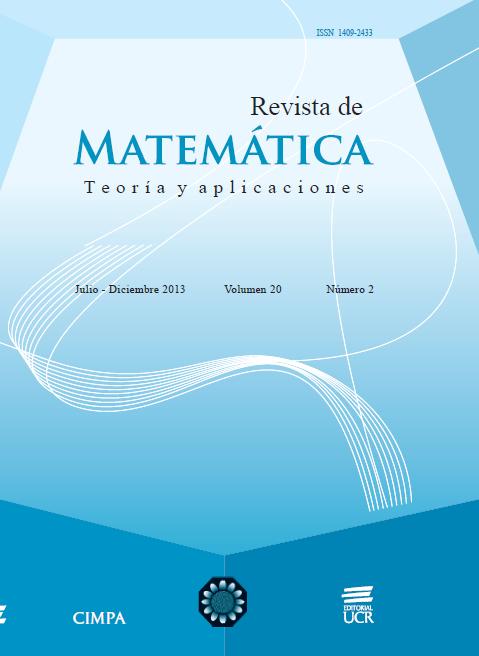Abstract
This work introduce to the Possibilistic Programming and the Fuzzy Programming as paradigms that allow to resolve problems of linear programming when the coefficients of the model or the restrictions on the same are presented as fuzzy numbers, rather than exact numbers (crisp). This work presents some examples based on [1].
References
De Andrés Sánchez J.; Terceño Gómez A.,(2002) “Programación matemática y regresión lineal con instrumentos de la teoría de los subconjuntos borrosos”, Departamento de Gestión de Empresas, Facultad de Ciencias Económicas y Empresariales. Universidad Rovira i Virgili.
Fuller, R. (1986) “On a spetial type of fuzzy linear programming”, Colloquia Mathematica Societatis Janos Bolyai 49.
Kaufmann, A.; Gil Aluja, J.; Terceño, A. (1994), “Matemática para la economı́a y la gestión de empresas”. Foro Científico, Barcelona.
Lai, Y.J.; Hwang, C.L. (1992) “A new approach to some possibilistic linear programming problem”, Fuzzy sets and systems 49.
Lai, Y.L.; Hwang, C.L. (1996) “Fuzzy Multiple Objective Decision Making”. Springer-Verlag, Berlin.
Lai, Y.L; Hwang, C.L. (1992) “Fuzzy Mathematical Programming”. Springer-Verlag, Berlin.
Ramik, J.; Rimanek, J. (1985) “Active decision making in fuzzy linear optimization problems”, European Journal of Operational Research 41.
Rommelfanger, H.; Hanuscheck, R.; Wolf, J. (1989) “Linear programming with fuzzy objectives”, Fuzzy Sets and Systems 29.
Tanaka, H.; Asai, K. (1984) “Fuzzy linear programming with fuzzy numbers”, Fuzzy Sets and Systems 13.
Zimmermann, H.-J. (1991) “Fuzzy Set Theory and Its Applications”. Kluwer Academic, Dordrecht.
##plugins.facebook.comentarios##

This work is licensed under a Creative Commons Attribution-NonCommercial-ShareAlike 4.0 International License.
Copyright (c) 2013 Revista de Matemática: Teoría y Aplicaciones

